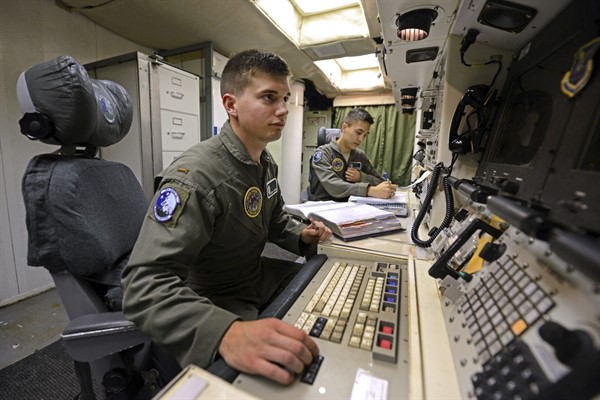To say that the world is closer to the brink of nuclear war today than at any time since the Cuban Missile Crisis of 1962 feels less controversial by the day. United Nations Secretary-General Antonio Guterres recently told media representatives that the “prospect of nuclear conflict, once unthinkable, is now back within the realm of possibility.”
Certainly, Russian President Vladimir Putin has been signaling a willingness to at least consider the nuclear option. In late February, he raised the readiness level of Russia’s nuclear response force, stating that Western interference in the ongoing war in Ukraine will result in “consequences greater than any you have faced in history.” And despite calming messaging from the Biden administration, further Russian mobilizations—including the deployment of nuclear missile launchers to Siberia and nuclear submarines to the Barents Sea for supposed “drills”—have continued to stoke public fears over nuclear weapons’ use. Even Russia’s recent pledge not to use nuclear weapons in Ukraine has done little to calm fears about the potential use of tactical nuclear devices, with many claiming the statement is nothing more than an attempt to bolster Moscow’s negotiating position.
Amid these rising nuclear tensions, there is one dimension of potential escalation that has not yet received much public attention: that of a cyber-enabled nuclear event. It’s time for policymakers to consider whether cyber operations affecting elements of nuclear command, control and communications, or NC3, systems could prompt nuclear escalation in the current crisis.

